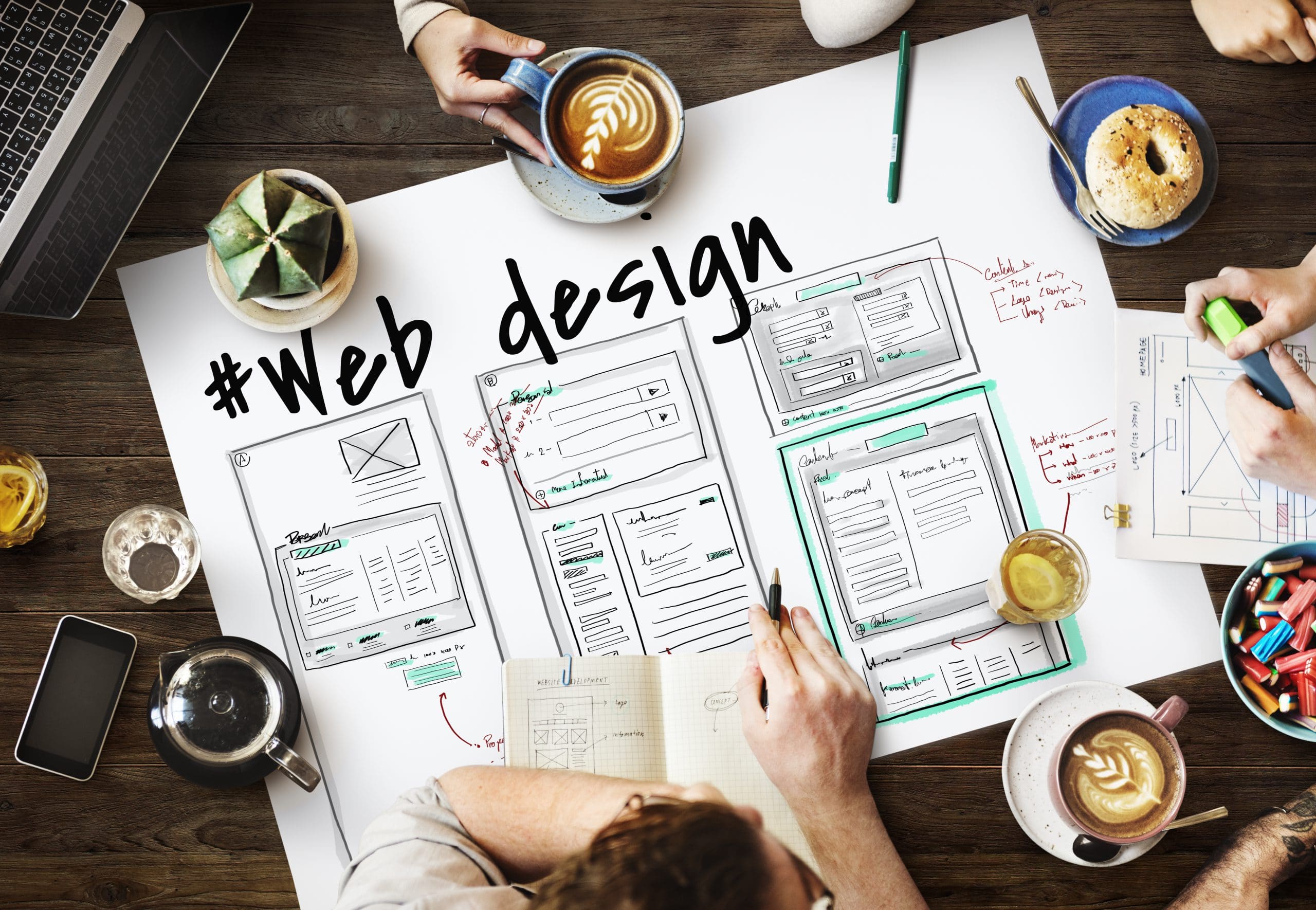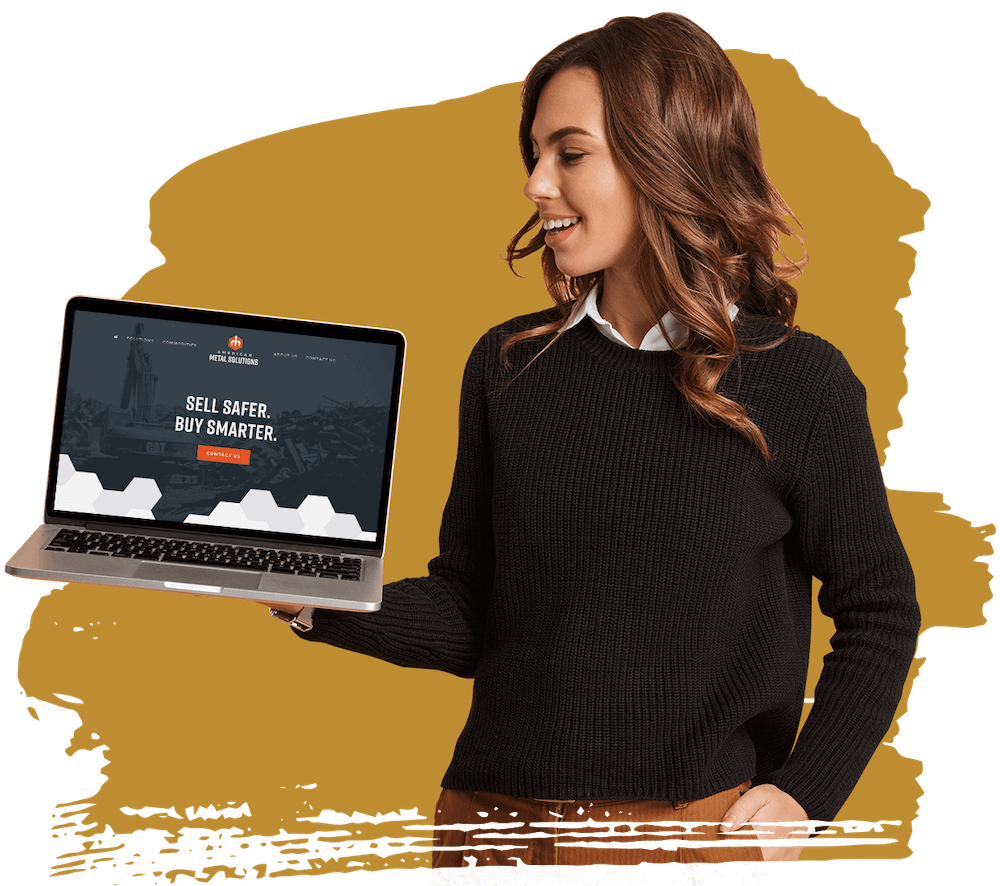Aligned Position Web Design: Your One-Stop Solution for Innovative Website Design and Development
Aligned Position Web Design: Your One-Stop Solution for Innovative Website Design and Development
Blog Article
The Finest Kinds Of Web Design to Boost Individual Experience and Involvement
In the ever-evolving landscape of electronic interaction, the performance of Web style dramatically impacts customer experience and interaction. Different style techniques, such as minimal, receptive, and interactive designs, each offer special benefits that can cater to varied user requirements.
Minimal Website Design
As digital landscapes become increasingly messy, minimal website design has actually become a powerful method to enhancing individual experience. This design philosophy focuses on simpleness, concentrating on important aspects while removing unneeded interruptions. By making use of adequate white area, simple navigating, and a minimal color palette, minimalist layout promotes quality and routes individual attention to vital content.
The core principle of minimalist Web layout is to create a seamless communication for users. By decreasing cognitive lots, customers can promptly realize information without really feeling overwhelmed. This straight method not only boosts use yet likewise urges involvement, as visitors are most likely to explore a website that is visually attractive and easy to navigate.
Furthermore, minimalist layout frequently emphasizes typography and imagery, utilizing these components purposefully to share messages efficiently. This concentrate on crucial elements can improve brand identity and produce a memorable user experience. In significance, minimalist Web layout is not simply a pattern; it is a thoughtful technique that acknowledges the significance of user-centered design. By stripping away additional elements, developers can produce a much more interesting, effective, and pleasurable Web experience for all individuals.
Responsive Web Style
In today's varied digital atmosphere, responsive Web style has become important for developing a seamless user experience throughout a wide variety of gadgets. As individuals accessibility web sites on smart devices, tablet computers, laptop computers, and desktops, the capacity of a web site to adjust its layout and web content to different display dimensions and resolutions is important.
Receptive Web style employs flexible grids, photos, and CSS media queries to guarantee that Web material exists optimally, no matter the device made use of. This strategy not only improves the visual appeal of a web site however additionally dramatically boosts use. Individuals are extra most likely to engage with a site that uses a constant experience, as it removes the aggravation of having to focus or scroll exceedingly.
By taking on receptive design, companies can enhance their presence and get to a wider target market. In summary, receptive Web layout is a basic technique that boosts customer experience, interaction, and overall satisfaction.
Interactive Website Design
Responsive Web design lays the groundwork for boosting customer experience, however interactive Web style takes this an action even more by engaging individuals in an extra dynamic method - Aligned Position Web Design. By integrating elements such as animations, clickable models, and real-time feedback, interactive Web layout astounds individuals, attracting them into a richer surfing experience
This technique not only cultivates interaction but likewise urges users to explore material proactively as opposed to passively eating it. Methods such as gamification, where customers make incentives for completing jobs, can considerably enhance the time invested on a website and enhance general satisfaction. Furthermore, interactive features can streamline complex details, making it extra pleasurable and digestible.

Incorporating interactive style aspects can additionally cause higher conversion rates, as users are more probable to engage with a site that actively entails them. Aligned Position Web Design. Eventually, interactive Web design transforms customer experiences into remarkable trips, making certain that visitors return time and once again
Flat Design
Defined by its minimalistic technique, level design stresses simpleness and performance, stripping away unneeded aspects and concentrating on important functions. This layout viewpoint focuses on use, making sure that customers can browse user interfaces effortlessly and performance. By utilizing a tidy aesthetic, flat layout removes the mess frequently discovered in much more elaborate styles, therefore boosting individual concentrate on content and performance.
The trademark of level style exists in its usage of bold colors, simple typography, and geometric shapes. These components this hyperlink add to a visually attractive user interface that is both friendly and modern. Additionally, flat design cultivates a feeling of clearness, allowing individuals to recognize crucial activities and details without disturbance.
Additionally, level layout is especially effective in responsive Web design, as its simplicity equates well across different gadgets and screen dimensions. By focusing on vital functions, my response flat design not just satisfies user needs yet additionally encourages seamless communication, making it an essential component of reliable Web design methods.
Adaptive Web Layout
Adaptive website design tailors the user experience by producing multiple repaired layouts customized to various display dimensions and gadgets. Unlike responsive layout, which fluidly adjusts a solitary format, adaptive design employs distinctive formats for particular breakpoints, making sure ideal discussion on various systems. This strategy enables developers to concentrate on the unique features of each device, boosting use by providing precisely what users need based on their context.
Among the key benefits of adaptive Web layout is its capacity to optimize lots times and efficiency. By serving customized web content and pictures that fit the customer's gadget, sites can minimize data use and boost loading rates. This you can try here is particularly helpful for individuals with slower links or limited data plans.
Furthermore, flexible layout assists in a more constant and controlled branding experience. Considering that developers develop multiple formats, they can make certain that the aesthetic aspects straighten with the brand name's identity across different platforms - Aligned Position Web Design. This results in a cohesive user experience, improving engagement and advertising customer retention
Conclusion
Finally, the combination of minimalist, responsive, and interactive Web style concepts considerably enhances customer experience and engagement. Minimalist layout cultivates clearness and focus, while receptive style ensures flexibility throughout different devices, advertising accessibility. Interactive style astounds individuals through dynamic components, encouraging exploration and customization. Collectively, these style approaches add to the production of user-friendly atmospheres that not just boost satisfaction but additionally drive greater conversion rates, underscoring their important importance in contemporary Web design methods.

Minimalist layout fosters clearness and emphasis, while responsive layout guarantees flexibility across different devices, advertising access. Collectively, these style approaches add to the creation of easy to use atmospheres that not just improve fulfillment yet also drive greater conversion rates, highlighting their crucial value in contemporary Web layout methods.
Report this page